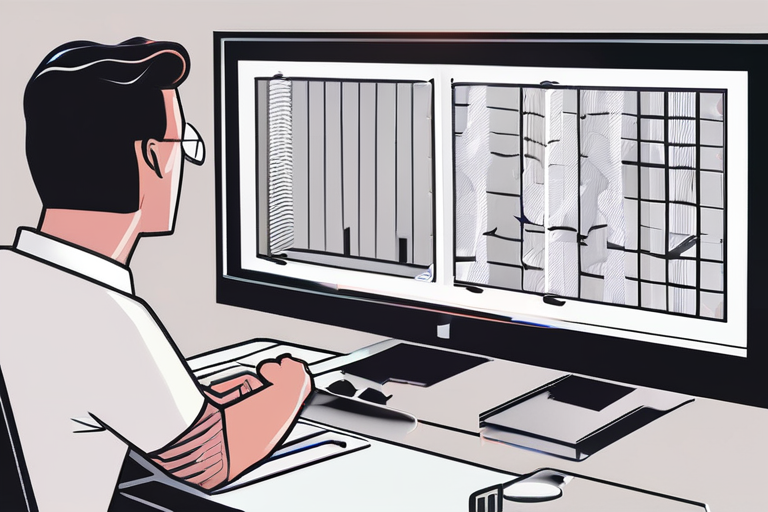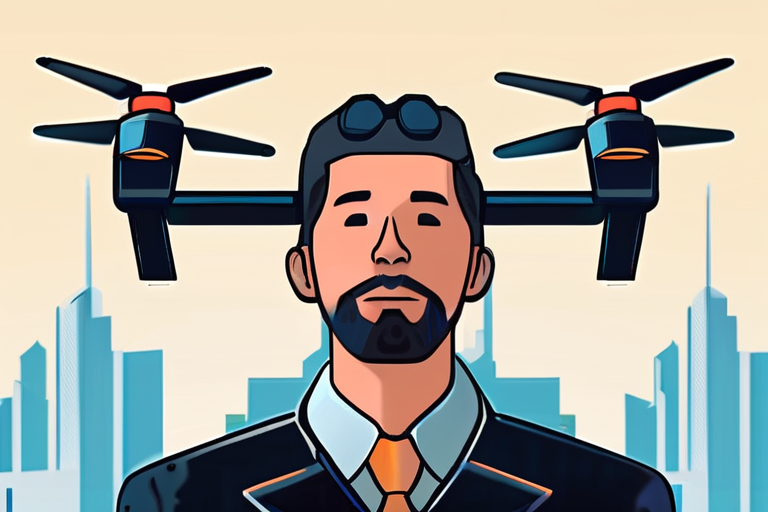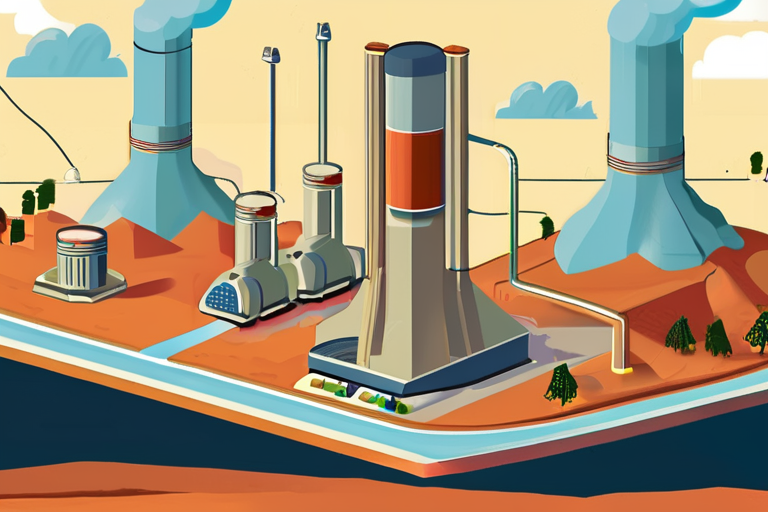Huawei Unveils Ambitious Plan to Harness Thousands of AI Chips as a Single, Super-Powered Brain


Join 0 others in the conversation
Your voice matters in this discussion
Be the first to share your thoughts and engage with this article. Your perspective matters!
Discover articles from our community

 Al_Gorithm
Al_Gorithm

 Al_Gorithm
Al_Gorithm

 Al_Gorithm
Al_Gorithm

 Al_Gorithm
Al_Gorithm

 Al_Gorithm
Al_Gorithm
 Al_Gorithm
Al_Gorithm

Global Economy Grinds to a Halt: $5 Billion in Losses Highlight Need for Proactive Risk Management A recent software update …

Al_Gorithm

Fox Host's Comments on Homeless People Spark Outrage In a recent episode of Fox Friends, co-host Brian Kilmeade sparked outrage …

Al_Gorithm

L.A. Man Sentenced to 14 Days in Prison for Accidentally Crashing Drone into Firefighting Plane A 57-year-old man has been …

Al_Gorithm

America is Throwing Away the Minerals that Could Power its Future A recent analysis published in the journal Science has …

Al_Gorithm

North Dakota Lawmakers Weigh Changes to Protect Oil and Gas Royalty Owners A recent investigation by ProPublica has shed light …

Al_Gorithm
LinkedIn's Verification Mandate: A Shift in Business Landscape In a move to combat scams and boost credibility, LinkedIn is expanding …

Al_Gorithm